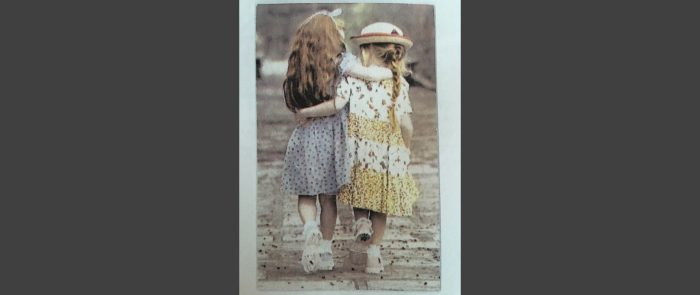In a world where we and are children are hurried, over-scheduled and stress-out; health integrity is not only favorable, it is a necessity. Learn how to slow, pause and tune into your body’s innate ability to “right” itself. Here’s how.
Years ago, when I worked as research assistant to Joan Borysenko,Ph.D., co-founder of the Mind/Body Clinic with Harvard cardiologist, Herbert Benson, MD, I was introduced to the basic
principles and benefits of relaxing the mind, body and spirit. I was involved in weekly meditation groups of adults who came with stress disorders ranging from digestive problems, chronic pain, migraine headaches to cancer. They were seeking a cure for their physical symptoms. But they left with a new mind set, a perspective on how the mind/body connection is really a body/mind language. And in learning how to communicate, they reported weekly relief. It all begins with our breathing.
“In the breath is a clearing space.” This was unfamiliar language to me. But as I practiced
breathing mindfully, I understood how Dr. Benson’s Mind/Body Program was helping adults use the breath to restore the body’s natural ability to return to homeostasis and cope with additional stress.
I use the child’s imagination through my teaching guided imagery relaxation and breathing. I have come to believe that this is probably one of the most amazing tools that you could be given.
School principals and teachers are only too aware of unruly children in classrooms due to
their disruptive behavior, anxiety disorders and meanness. The ability to be peaceful, patient and kind has gone by the wayside. However, I believe, and current trends in social psychology are pointing to methods in mindfulness and resilience to teach the new ABC’S:
A-wareness of our B-ody/Mind C-ommunication for S-tress Relief.
The individual letters or building blocks of this language include mindfulness, meditation and relaxation techniques. This language builds understanding and communication first with ourselves and then with those in the world around us. This language helps to create inner strength and resilience, right action, peace, balance, contentment and connection.
To teach our children this new language, we must first learn it ourselves. The more we are able to be centered in our own bodies and feel what is going on for ourselves personally when we or a loved one is experiencing some sort of challenge or change; the quicker and more natural it becomes for our children to do this as well. Just as it is with any other language, the more it is spoken and shared by everyone in an environment, the easier it is to become fluent in it.
Children learn through their senses. Think about this for a moment. Everything, especially in the natural world, can be experienced using all your senses. Everything can be taken in
through sight, sound, smell, taste, touch and intuition. Multi-sensory awareness is our innate
ability and it can be developed so we more deeply experience multi-sensory living.
To what purpose would multi-sensory living serve? You say you and your kids are already in stimulus overload!
I am asking you to consciously learn a new language. Gently, turn your attention away from the day, away from the stressors. Bring your attention inward to your breathing. In the breath is the clearing space where something new can happen. It is open, expansive, healing. Start with the breath; add a word, phrase, image, sound or touch stone and you learn your ABC’S.
Inner balance is another term for homeostasis. When we pause and take three, deep letting go breaths, we begin to allow our bodies to be conscious to us. So that we learn the language of the body’s warning signs of stress overload. And then notice where the tightness and tension is located, breathe into that place and start the process of stress reduction.
The following are a multi-sensory series of relaxation techniques designed to increase your child’s ability to learn her ABC’S. These are essential for anyone who wants to calm the mind, body and spirit. Try them all, one after the other (1-5) or one at a time.
-
VISUAL Take three, deep letting go breaths. Stand or sit in front of a window overlooking your garden, your backyard; or find a photograph of a beautiful place in nature. Now, look more closely- what do you see, really? If you are looking outside, notice the wind moving the leaves and flowers. In the photo, you can zoom-in on the colors. Let yourself stay focused with the object in front of you.









